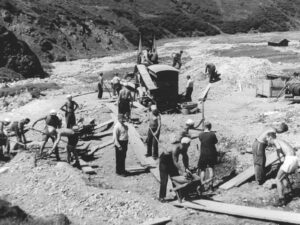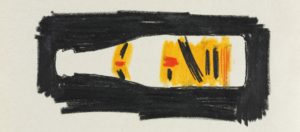
From “glaring difference” to a system of units
Measuring with the same yardstick: for a long time, this was the exception rather than the rule. Until the end of the 19th century, a dizzying array of different units was used in Switzerland for weighing and measuring. Even the time of day varied from one place to the next.
Unique to the locality

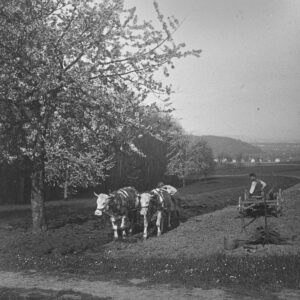
Measures with different lengths
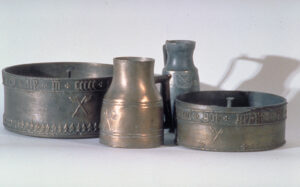
The revolution from France
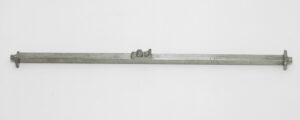
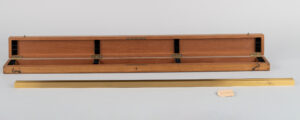
Finally, time also fell into step


